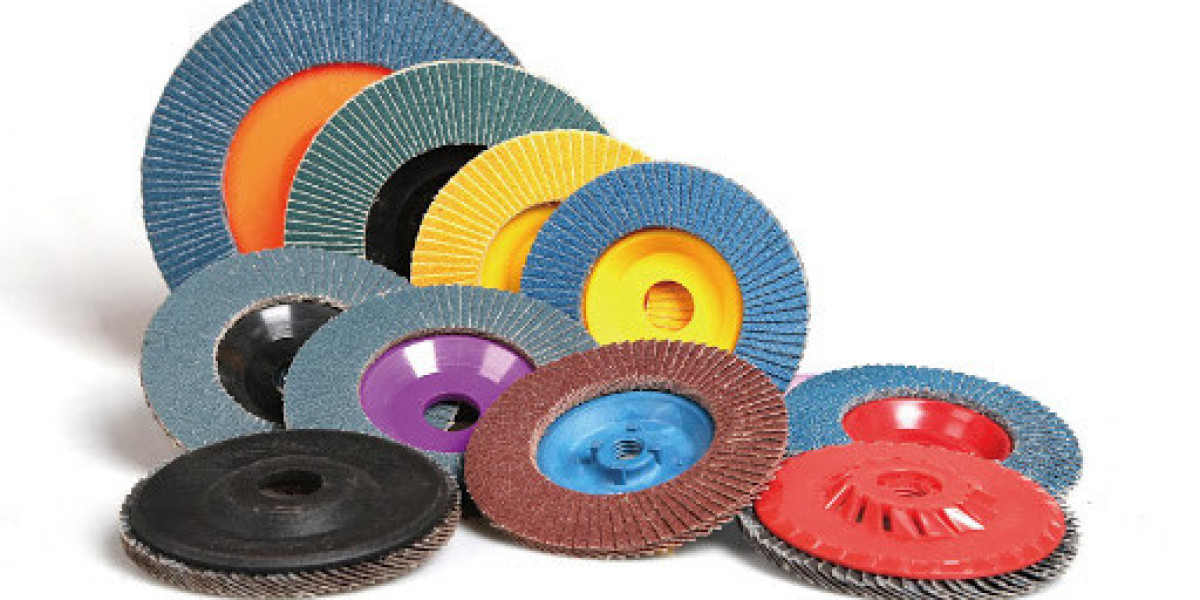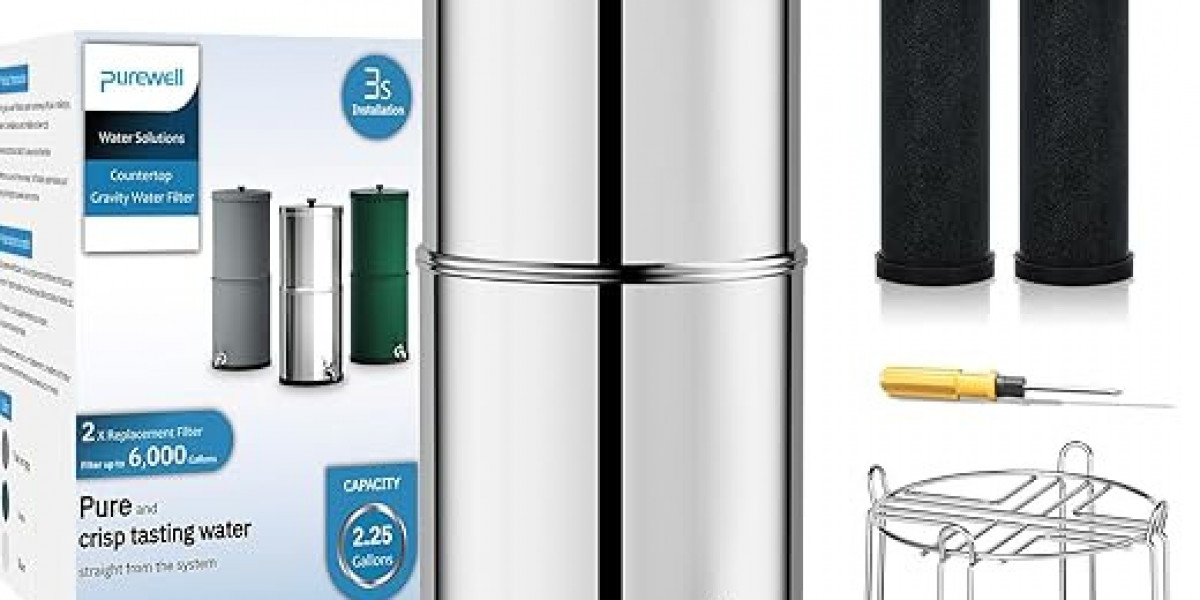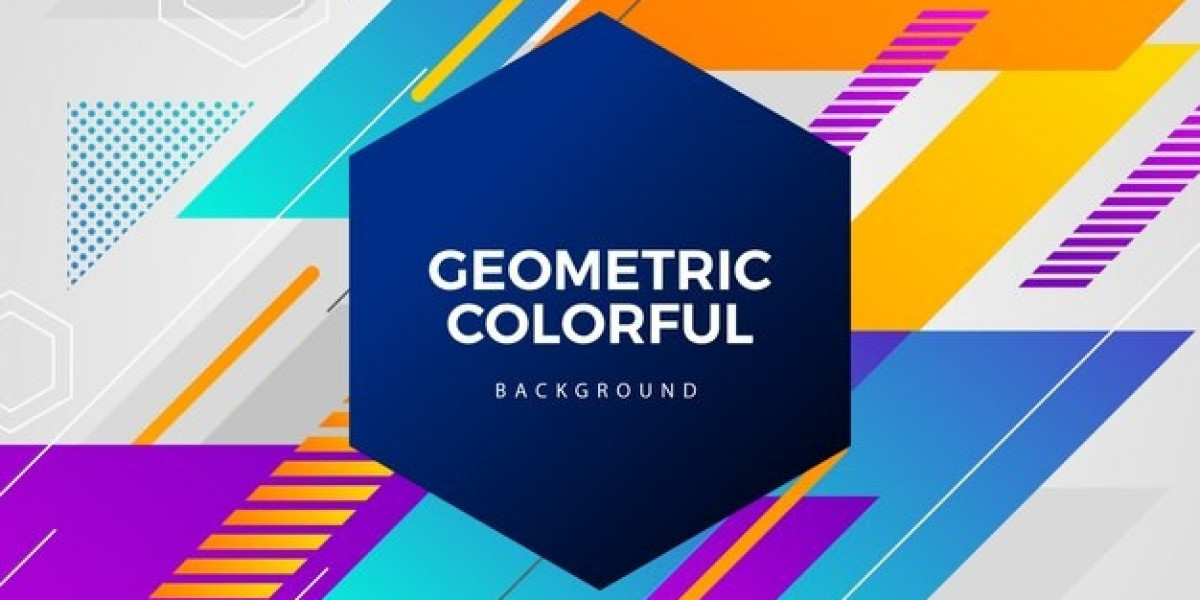A brief history of abrasives
Abrasives have been used since ancient times in various forms such as sandstone, pumice and emery. However, modern abrasive materials were discovered and developed only in the late 19th century. Aluminum oxide was one of the first synthetic abrasives developed in the 1890s followed by silicon carbide and garnet in the early 20th century. These new abrasives proved superior to natural abrasives and enabled precision grinding of advanced materials. Further innovations led to bonded abrasives and coated abrasives which are the most commonly used types today.
Bonded abrasives
Bonded Abrasives consist of abrasive grains held together by a bonding material like resin, clay or glass. The bond keeps the grains in place during grinding or polishing. Common bonded abrasives include coated abrasives like sandpaper, grinding wheels and cut-off wheels used for cutting and grinding metals and non-metals. Bonding technologies allow precise control of grain size, shape, density and bond properties to suit diverse industrial application needs. Advances in bonding chemistries have generated superabrasives like diamond and CBN wheels with unmatched performance.
Coated abrasives
Coated abrasives have an abrasive material dispersed in a backing material with an adhesive coating applied to the reverse side of the backing. This format enables the production of low-cost consumable goods like sandpaper, sanding belts and discs. The key components are the abrasive grains, backing material like paper, cloth or film and adhesive. Variations in these components and production processes enable a wide range of coated abrasives for demanding automotive, hardware, woodworking and other industries. Advances in coating technologies continue to expand the range of surfaces that can be sanded, polished or finished with coated abrasives.
Super abrasives revolutionize precision applications
Development of synthetic diamond and cubic boron nitride (CBN) superabrasives in the 1950s to 1960s transformed precision grinding domains like automotive, medical, electronics and optics industries. Highly durable superabrasives enabled consistent sub-micron level finishes with longer tool life. Diamond grinding wheels are capable of precision machining glass, ceramics and hard metals. CBN has taken over applications involving ferrous materials from diamond due to its high toughness and thermal stability during high-speed grinding of steel and cast iron. Today, superabrasives dominate the micron-and sub-micron level lapping and polishing segments that manufacture advanced surfaces for multiple industries.
Abrasive application areas
Abrasives have thousands of applications across various industries from stone grinding to metal polishing. In construction, abrasives shape cut-stone and concrete. Manufacturing sectors such as automotive, medical, and electronics precision grind metal and ceramic components. Wood and furniture industries sand and finish wood surfaces. Household products utilize coated abrasives for cleaning, refinishing and hand finishing applications. Waterjet cutting relies on garnet abrasives to precisely cut stone, metals and composites. Growth in automotive, aerospace, renewables and precision technology domains drives demand for high-precision abrasives, coated abrasives and superabrasives. Developing markets also see increased use of basic bonded and coated abrasives in infrastructure projects, manufacturing and construction.
Future opportunities and challenges
Population growth, urbanization and rising incomes will boost construction and manufacturing sectors in developing nations, supporting steady abrasives demand growth. Advanced applications in electric vehicles, aerospace, robotics and clean energy domains offer opportunities for higher value superabrasives. Industry adoption of robotics, CNC machines and automated grinding processes could help abrasives producers provide solutions meeting precision and productivity needs. However, issues around responsible sourcing of raw materials and managing used abrasive waste present long-term sustainability challenges for the industry. Ongoing innovations in abrasive materials, formulations, and precision manufacturing will therefore be crucial for the industry to capitalize on emerging opportunities while addressing sustainability concerns.
Get More insights on Abrasives
Get this Report in Japanese Language- 研磨材
Get this Report in Korean Language- 연마제
About Author-
Ravina Pandya, Content Writer, has a strong foothold in the market research industry. She specializes in writing well-researched articles from different industries, including food and beverages, information and technology, healthcare, chemical and materials, etc. With an MBA in E-commerce, she has an expertise in SEO-optimized content that resonates with industry professionals. (https://www.linkedin.com/in/ravina-pandya-1a3984191)










